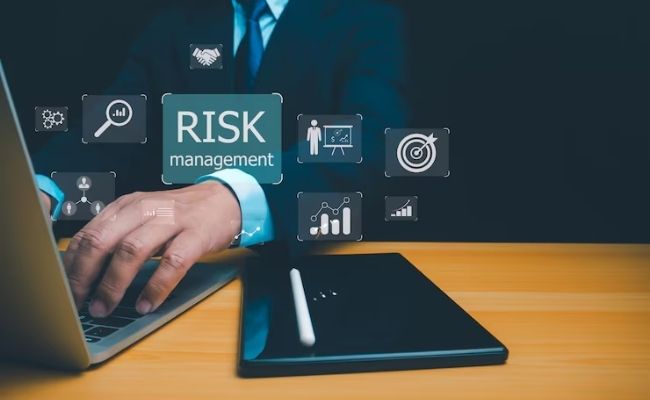In today’s unpredictable and complex business environment, organizations must proactively identify and manage a wide range of risks. Enterprise Risk Management (ERM) has emerged as a comprehensive, strategic approach that empowers businesses to anticipate, prepare for, and mitigate risks across the enterprise.
Whether you’re a seasoned executive or a new entrant to the risk management field, understanding the fundamentals of ERM is critical to long-term success.
What Is Enterprise Risk Management (ERM)?
Enterprise Risk Management (ERM) is a structured and holistic process used by organizations to identify, assess, manage, and monitor risks that could impact business objectives. Unlike traditional risk management—which often focuses on operational or siloed risks—ERM takes a top-down, integrated approach to risk across all departments and functions.
ERM is not just about minimizing threats; it’s about enhancing decision-making, preserving assets, and unlocking strategic opportunities.
Key Objectives of ERM
- Protect Value: Safeguard the organization’s assets, reputation, and people.
- Enhance Performance: Align risk appetite with strategy to support informed decisions.
- Improve Resilience: Enable agility and faster recovery from unexpected events.
- Ensure Compliance: Meet regulatory and stakeholder expectations.
Core Components of an ERM Framework
1. Risk Identification
Recognizing internal and external risks that could affect strategic goals (e.g., financial, operational, cybersecurity, compliance, environmental).
2. Risk Assessment
Evaluating the likelihood and impact of identified risks using qualitative or quantitative methods.
3. Risk Response & Mitigation
Determining appropriate actions—avoid, accept, transfer, or mitigate—to address risks.
4. Risk Monitoring and Reporting
Continuously tracking risk exposure and reporting to stakeholders through dashboards, reports, and KPIs.
5. Risk Culture and Governance
Fostering an organizational culture where risk management is everyone’s responsibility, supported by leadership and policy.
Benefits of Implementing ERM
- Aligns risk with strategy
- Enhances organizational performance and sustainability
- Increases stakeholder confidence
- Facilitates regulatory compliance
- Reduces financial and reputational losses
ERM vs Traditional Risk Management
| Aspect | Traditional RM | Enterprise RM (ERM) |
| Scope | Departmental/Siloed | Organization-wide |
| Approach | Reactive | Proactive and strategic |
| Responsibility | Risk Manager | Shared across departments |
| Focus | Risk minimization | Risk-informed decision making |
Final Thoughts
ERM is not a one-time project—it’s a continuous cycle that evolves with your organization. As risks become more interconnected and unpredictable, a well-structured ERM strategy becomes essential for navigating complexity and building long-term resilience.
Whether you’re in finance, manufacturing, healthcare, or tech, understanding and applying ERM principles will enhance your ability to manage uncertainty and drive strategic growth.
Explore Best Online Courses to Learn Risk Management
If you’re new to risk management or looking to deepen your expertise, there’s no better time to start than now. Learning from industry experts can help you build a strong foundation and gain certifications that set you apart in the job market.
At www.smartonlinecourse.com, in collaboration with the Risk Management Association of India (www.rmaindia.org), you can explore a range of self-paced, affordable online courses designed for both beginners and professionals. These courses are tailored to real-world needs, taught by experts, and designed for flexible learning.
👉 Visit www.smartonlinecourse.com to explore more!
📧 Email: info@smartonlinecourse.org
Or WhatsApp us at: 8232083010/9883398055


